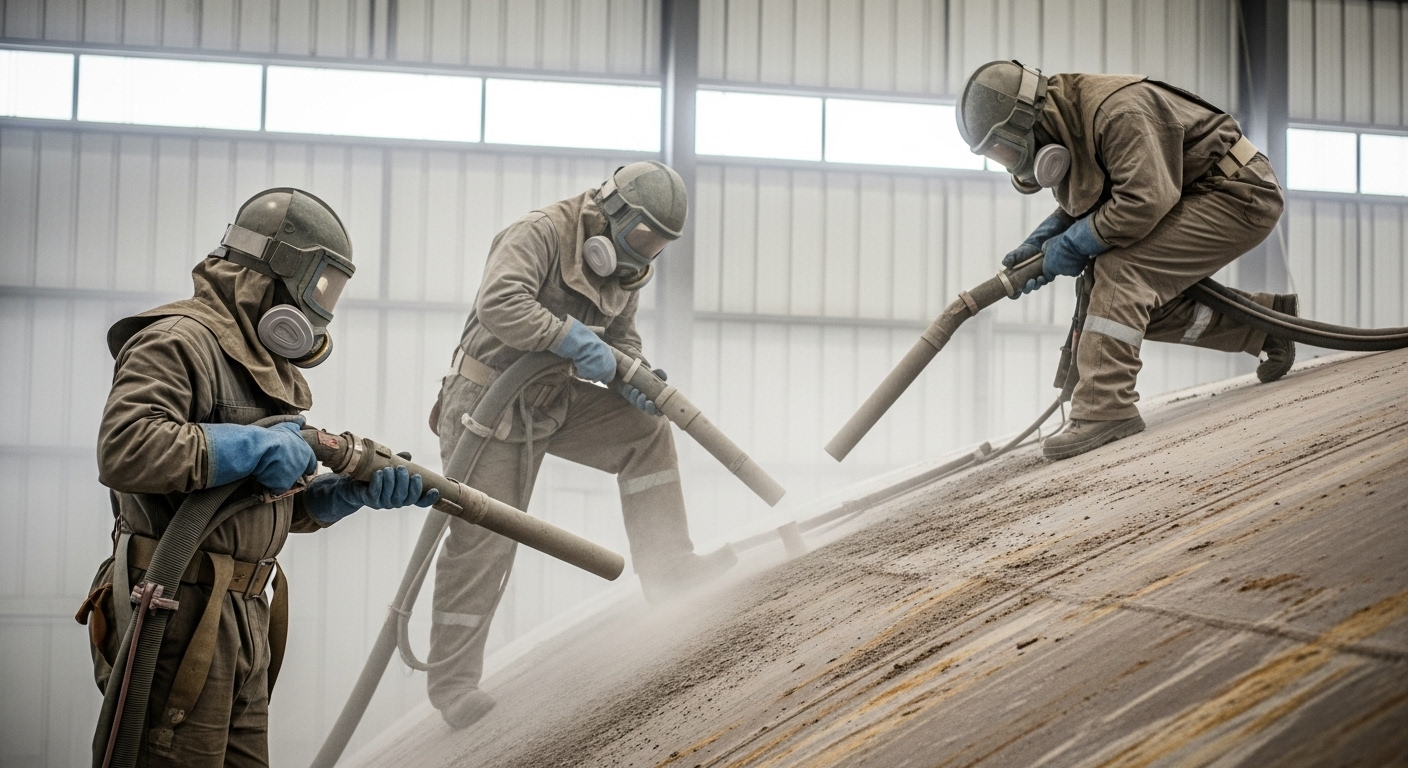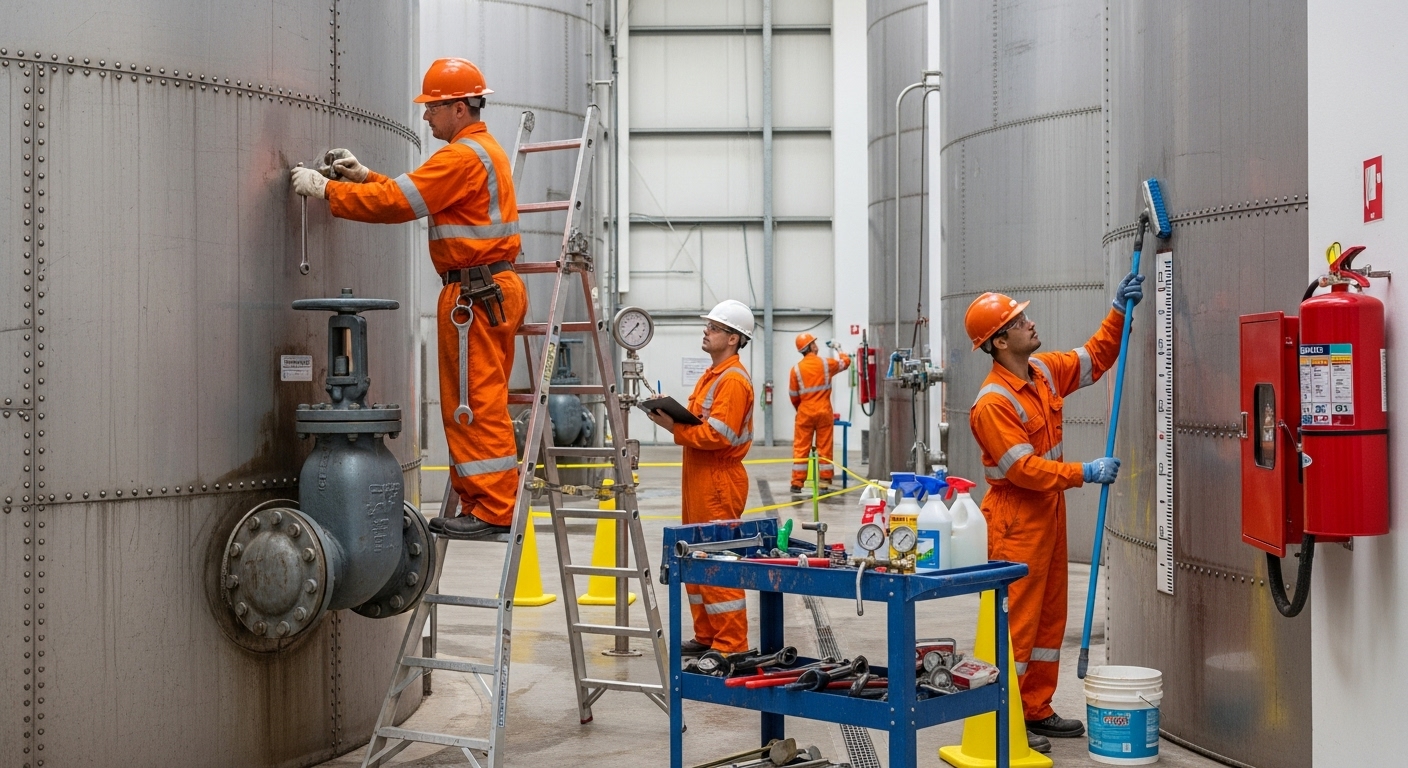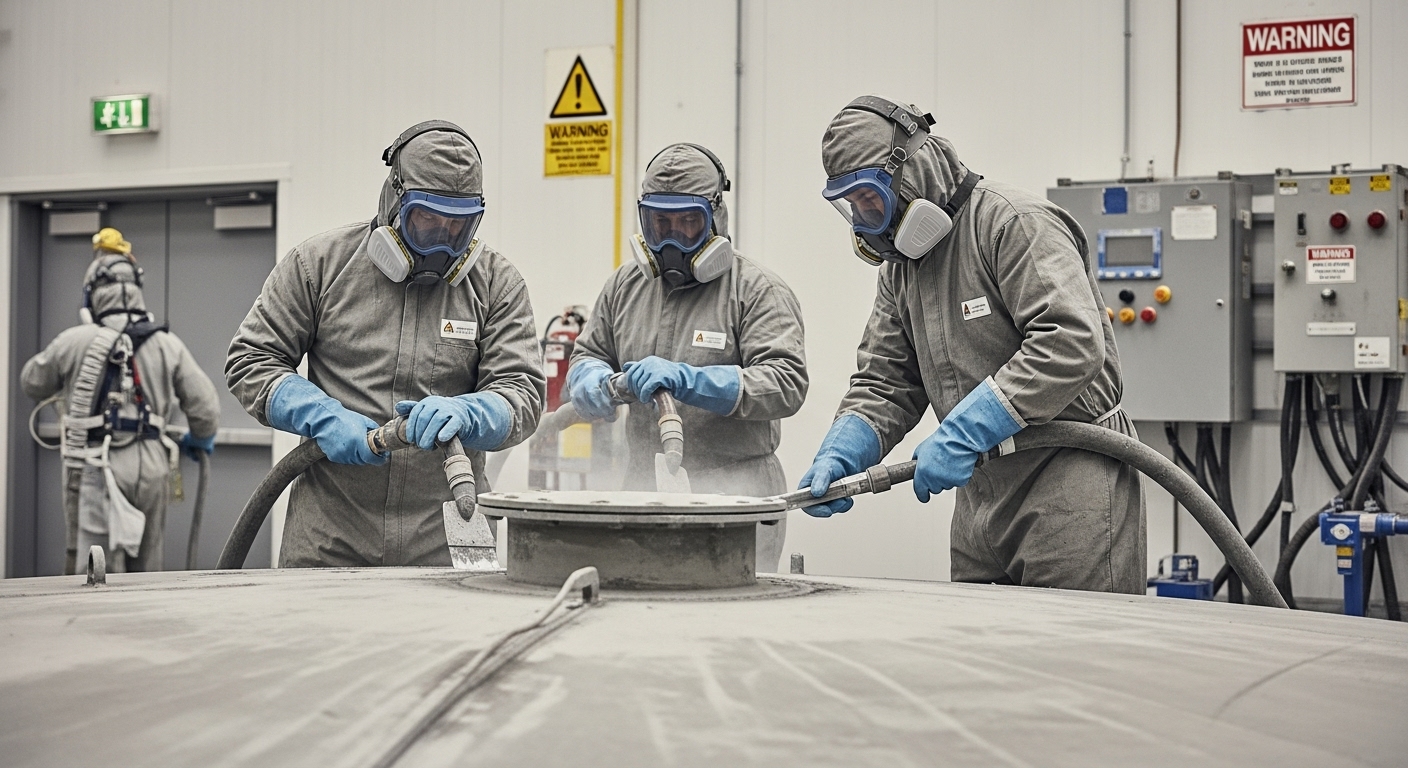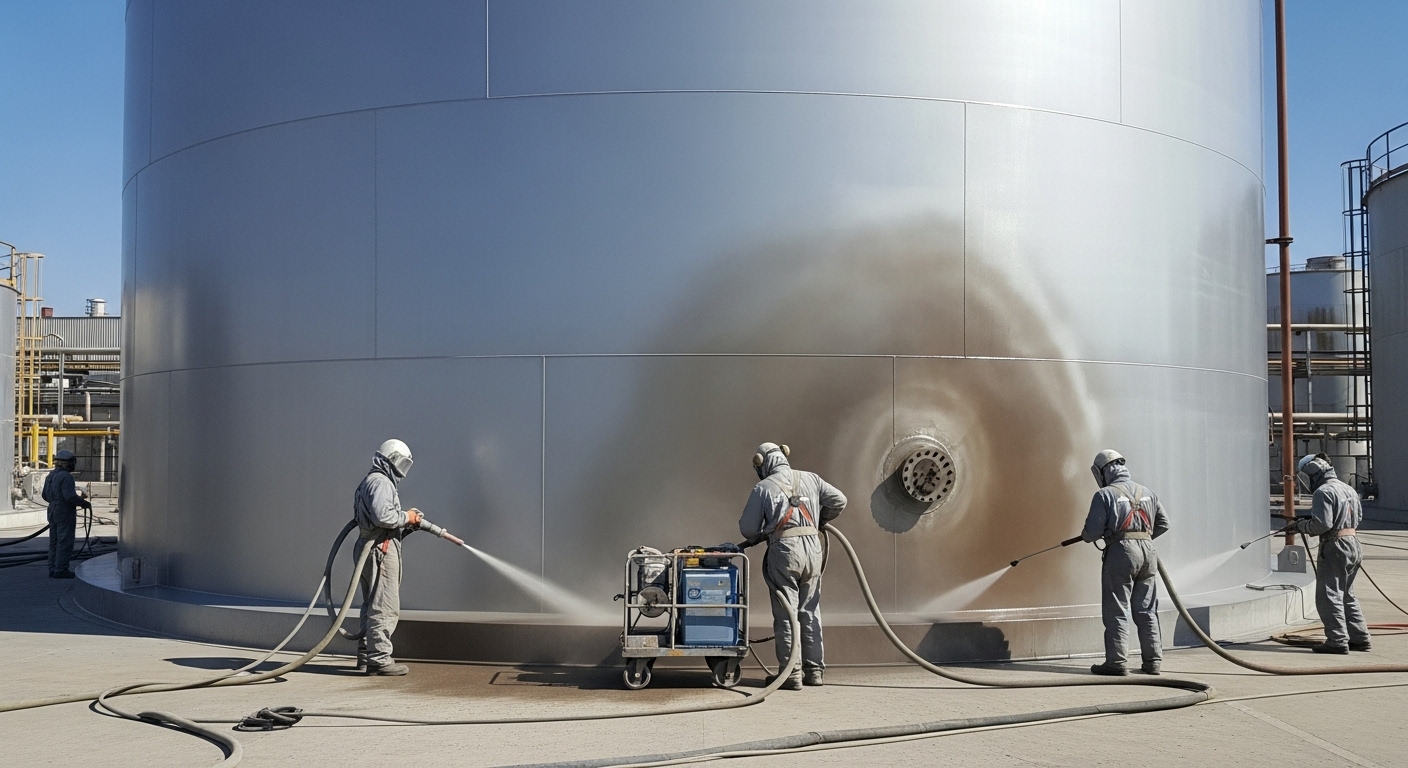When was the last time you thought about what goes into the water tank inspection cost? Most people don’t realize how crucial inspections are until problems show up—rust creeping inside, leaks forming silently, or coatings starting to fail. By then, the damage is not only harder to fix, it’s far more expensive.
Here’s the thing: water tanks and towers are the backbone of safe, reliable water infrastructure. A neglected inspection can put both the system’s structural integrity and water quality at risk. And while people often ask, “How much will it cost?” the answer isn’t simple. Several variables—size, location, compliance requirements, and even the reporting style—directly shape the price you’ll pay.
This blog breaks down inspection pricing factors so you know exactly what drives tank assessment costs. With this knowledge, you can budget smarter, plan ahead, and make sure you’re not caught off guard when the bill arrives.
Understanding the Key Inspection Pricing Factors That Influence Water Tank Inspection Cost
When discussing water tank inspection cost, it’s not about pulling a number out of thin air. The actual expense is shaped by a handful of inspection pricing factors. These include the type of inspection performed (visual, robotic, or diver-assisted), accessibility of the tank, safety protocols required, and even local compliance rules.
For instance, a simple drone flyover may carry lower diagnostic costs, but if you need divers for an internal inspection, you’re looking at a much higher evaluation expense. Similarly, if scaffolding or rigging is required, the additional labor and safety measures can push up the assessment pricing.
Clients often overlook reporting costs. A basic condition summary may be cheaper, but a full structural integrity assessment with detailed photographs and recommendations naturally increases evaluation pricing. Think of this phase as investing in clarity. The more detailed the report, the better you can align with total project budgeting and avoid surprises down the line.
Breaking Down Tank Assessment Costs: How Size, Location, and Design Impact Inspection Service Rates
Here’s what many don’t realize—tank assessment costs aren’t just about the inspection team showing up. The tank’s physical traits significantly affect inspection service rates. A small ground-level tank might be easy to access, inspect, and report on, while a towering municipal water structure with height challenges requires specialized rigging, safety equipment, and certified crews.
Location also matters. Rural or remote tanks often require added travel expenses, mobilization time, and sometimes lodging for crews, all of which raise evaluation expenses. By contrast, urban tanks might face stricter compliance costs due to environmental or municipal regulations, which must also be factored in.
Design complexity adds another layer. Tanks with unusual shapes, older construction methods, or multiple internal compartments take more time to assess and come with higher inspection service rates. If you’re planning long-term ongoing maintenance costs, these early assessments can reveal opportunities for cost-saving preventive measures before small issues escalate.
How Safety Assessment Pricing and Compliance Costs Add to Your Overall Water Tank Inspection Cost
Another big piece of the puzzle is safety assessment pricing. Every inspection requires a safe work environment, but tanks that demand confined space entry, extensive rigging, or diver inspections dramatically increase expenses. These aren’t optional—they’re legally required and designed to protect both workers and your system.
Compliance costs also weigh heavily. Depending on the region, you might need inspections that meet specific state or federal standards. A basic check may not be enough if regulators require detailed reports, photos, or independent verification. Failing to meet these requirements could mean fines or forced downtime, which is far more expensive than paying slightly higher evaluation pricing upfront.
This is where surface damage assessment comes in. Identifying corrosion, cracks, or coating failure indicators early ensures that you meet compliance without unexpected repair emergencies. It’s always better to budget these requirements in advance rather than scrambling later. Smart owners see inspections as insurance against surprise shutdowns.
Why Total Project Budgeting Depends on Reporting Costs and Ongoing Maintenance Costs
One mistake clients often make is looking at the water tank inspection cost in isolation, forgetting how it fits into total project budgeting. An inspection isn’t a one-time line item—it connects directly to ongoing maintenance costs, repair planning, and even repainting schedules.
For example, if a report identifies immediate painting requirements, addressing them early can extend your tank’s lifespan by years. That’s a fraction of the expense compared to letting corrosion spread unchecked, which could demand a full overhaul later. Similarly, catching minor leaks during inspection helps you avoid catastrophic water loss and costly emergency repairs.
Reporting costs also matter here. A thorough inspection that includes preventive measures recommendations may feel pricier upfront, but it actually lowers your long-term assessment pricing by preventing recurring issues. Think of it as spending a little now to save a lot later. This mindset ensures you’re not just paying for today’s inspection but investing in tomorrow’s water security.
Balancing Tank Evaluation Pricing with Long-Term Preventive Measures for Water Quality Protection
The final layer is how evaluation pricing balances against future-proofing your system. Skimping on inspections may feel like saving money, but it’s short-sighted. Detailed inspections often include advice on preventive measures, which directly protect both the tank and the water quality it delivers.
Let’s say an inspection reveals early signs of tank deterioration. Addressing it immediately prevents structural failure and contamination risks. Similarly, noting early coating failure indicators means you can schedule repainting or linings before corrosion becomes severe. These actions reduce your long-term ongoing maintenance costs and strengthen community trust by guaranteeing safe, clean water.
Think of inspections as a layered shield—one-part structural integrity assessment, one-part water quality protection, and one-part compliance safeguard. Balancing diagnostic costs today ensures you avoid massive repair bills tomorrow. And when it comes to public health, delaying isn’t just costly—it’s dangerous.
Get Clear on Costs and Invest in Your Tank’s Future
By now, it’s clear that water tank inspection cost isn’t a flat figure. It’s shaped by inspection pricing factors like tank size, accessibility, compliance requirements, and the depth of reporting you need. Add in safety assessment pricing, reporting costs, and long-term ongoing maintenance costs, and you have the full picture of why inspection is both essential and variable.
But here’s the real takeaway—inspections are not expenses, they’re investments. Every dollar spent on accurate surface damage assessment, compliance alignment, or preventive measures saves you from much larger expenses down the line. More importantly, it guarantees the safety and reliability of the water system your community depends on.
Don’t wait until damage forces your hand. Plan smarter, budget realistically, and get the clarity you need. Ready to take the next step? Get Your Inspection Cost Quote today and secure your system’s future.







